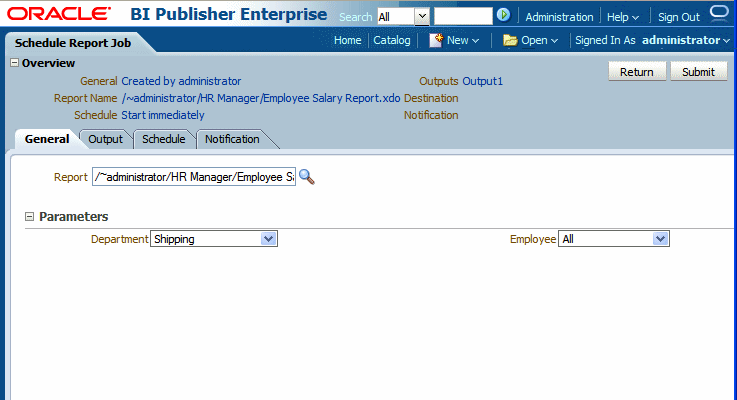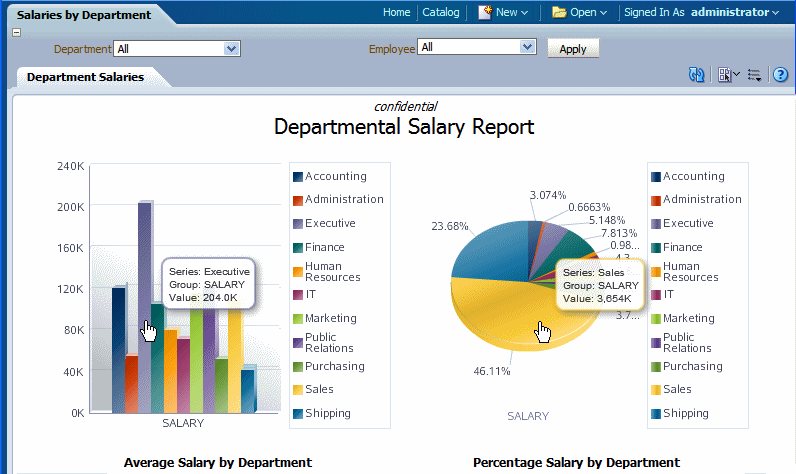

To see the result, use the Text function with the format dd-mm-yyyy hh:mm, which will result in 15-07-2013 13:02 if you're in Pacific Daylight Time. Note the negative sign before TimeZoneOffset to subtract the offset rather than add it.
Bi publisher add days to date how to#
To determine the current time in UTC, use: Learn how to use DAX in Power BI Desktop to calculate year-to-date values needed for robust report building.Introducing time intelligence for TOTALYTD. To convert to UTC (Coordinated Universal Time), add the TimeZoneOffset for the given time.įor example, imagine the current date and time is July 15, 2013, 1:02 PM in Pacific Daylight Time (PDT, UTC-7). The minutes and seconds are used in the difference the result is divided by 3600 to have the difference in hours. The minutes are used in the difference, and the result is divided by 60 to have the difference in hours.ĭateDiff( TimeValue("09:45:00"), TimeValue("10:15:36"), Seconds )/3600 The minutes/seconds are ignored, the difference is based on the time up to the hour.ĭateDiff( TimeValue("09:45:00"), TimeValue("10:15:36"), Minutes )/60 To calculate the difference with a higher precision, use a smaller unit, and convert the result appropriately, like in the examples below. The function DateDiff only returns a whole number of the units being subtracted, and the precision is given in the unit specified. Since the Now is later than Today the result will be negative.ĭifference of dates with fractional results Returns the difference between the current date/time and the current date only (no time) in minutes. Returns the difference between the two values in Months Returns the difference between the two units in the default units of Days Subtracts 30 minutes from the current date and time. Simple DateAdd FormulaĪdds three days (default units) to the current date and time.Īdd four hours to the current date and time.Īdds one month to the current date, without time as Today doesn't return a time component. In all of these examples, assume that the current date and time is July 15, 2013, 1:02 PM. By default, the current date/time is used. Date/time value for which to return the offset. The type of Units to subtract: Milliseconds, Seconds, Minutes, Hours, Days, Months, Quarters, or Years. If not specified, Days are used.ĭateDiff( StartDateTime, EndDateTime ) The type of Units to add: Milliseconds, Seconds, Minutes, Hours, Days, Months, Quarters, or Years. Number, in Units, to add to the DateTime. Adding TimeZoneOffset will convert a local time to UTC, and subtracting it (adding the negative) will convert from UTC to local time.Īlso see Date, Time, and DateTime data types and working with dates and times for more information. You can use DateAdd with the TimeZoneOffset to convert between the user's local time and UTC (Coordinated Universal Time).

The TimeZoneOffset function returns the number of minutes between the user's local time and UTC (Coordinated Universal Time). By default, both functions use Days as units.

The result is a whole number of units.įor both functions, units can be Milliseconds, Seconds, Minutes, Hours, Days, Months, Quarters, or Years. The DateDiff function returns the difference between two date/time values. You can also subtract a number of units from a date/time value by specifying a negative value. The DateAdd function adds a number of units to a date/time value. The date function calls in the parameter values are not evaluated until the report job is executed by the Scheduler.Adds to or finds the difference in date/time values and converts between local time and UTC.
Bi publisher add days to date update#
If changing the date parameters is required for each run, you can enter an expression in the date parameter field of the scheduler to calculate the date each time the report job executes.įor example, if you create a schedule for a report that runs every Monday to capture data from the previous week, you need to update the date parameters for the report to increment to the first and last days of the previous week.Įnter one of the following functions using the syntax shown to calculate the appropriate date at the scheduled runtime for the report: Every time a scheduled instance of the report is run, the same date parameters are used. If the scheduled report includes date parameters, when you enter the values for the dates for the schedule, you cannot change the date values.


 0 kommentar(er)
0 kommentar(er)
